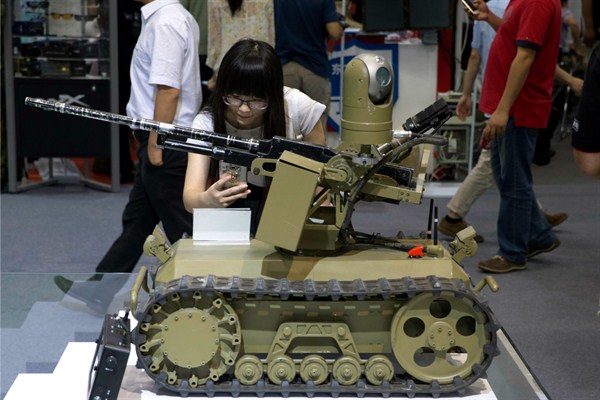Throughout history there have been times when new technology changed how wars were fought, and the politics of war itself, in ways that its early adapters did not anticipate. When fragile flying machines first appeared over the battlefield, who could have foreseen that one day bombers, drones and missiles could strike with such precision and at such range that they would alter the actual role of geography in warfare?
Today, another revolutionary technology is emerging with robots, but its implications remain unclear. With the robotic revolution, America’s futurists, military leaders, strategists and policymakers must work hard to cast a light into the murky future. One way to do this is by thinking about the type of robots that will be available to tomorrow’s military and, more importantly, what their strategic, political and ethical implications will be.
Several variants of military robots are already under development or consideration. The least controversial are what might be called the “helper” robots: unarmed autonomous or semi-autonomous machines that support troops by doing dangerous or repetitive tasks. Examples include casualty evacuation, transportation, explosive clearing and reconnaissance.

